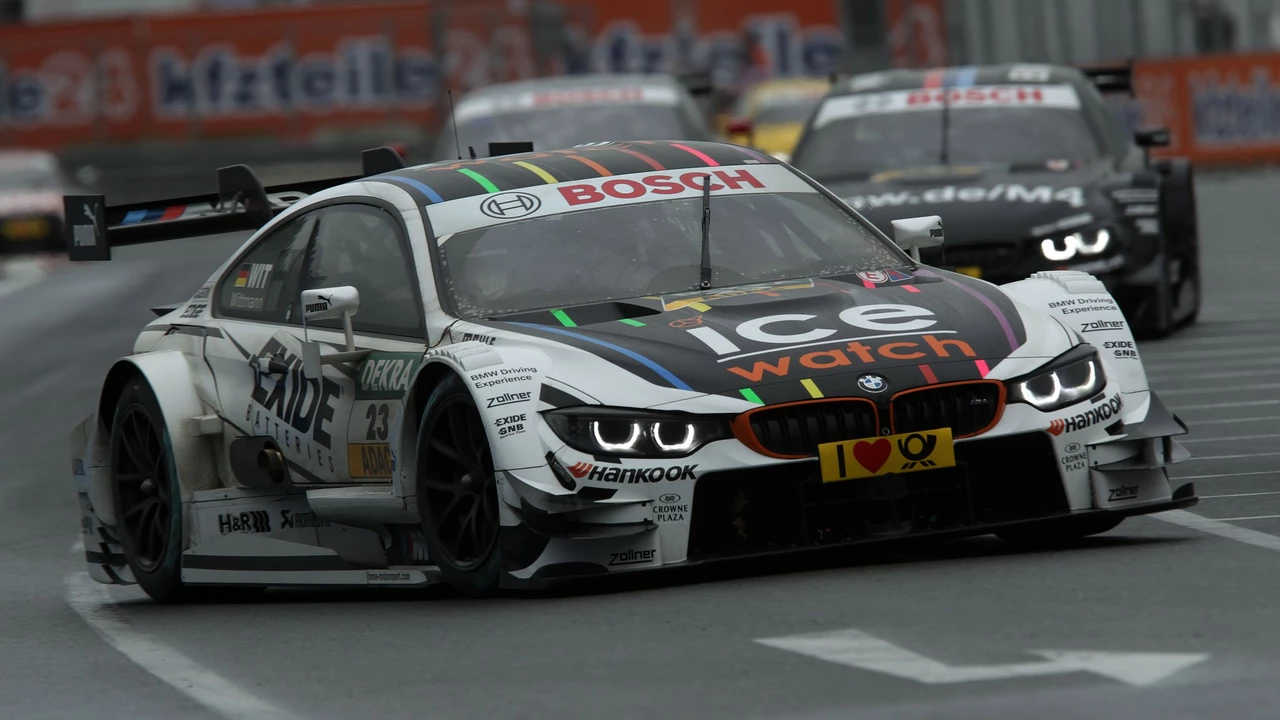Racing Starting Position: The Launch Pad That Defines a Race
When you talk about racing starting position, the spot on the grid where a driver lines up when the lights go out, you’re really looking at the launchpad for every win or loss on the track. It’s tightly linked to pole position, the front‑most slot earned by the fastest qualifier, and to the broader grid position, the numeric order that sets the race’s opening formation. The way drivers earn these spots comes down to the qualifying session, a timed trial that ranks cars before the race starts, and that ranking then drives the race strategy teams will use when the green flag waves.
Why Starting Position Matters More Than You Think
Racing starting position encompasses grid position, meaning every number on the lineup carries its own set of challenges and opportunities. A driver in pole position gets clear air, the best line into the first corner, and a psychological edge that can affect opponents’ confidence. Conversely, starting further back often forces a team to plan overtaking moves, tyre management, and pit‑stop timing right from the get‑go. In short, the starting spot influences the entire race strategy – from fuel mix to tyre choice – because the amount of traffic you face at launch determines how quickly you can settle into a rhythm.
Qualifying performance determines the starting grid, so teams pour resources into perfecting one‑lap pace. Engineers tweak aerodynamics, suspension settings, and engine maps to shave off hundredths of a second. Drivers, meanwhile, must balance aggression with precision; a single mistake can drop them from pole to the middle of the pack. This link between qualifying and starting position creates a feedback loop: better grid spots improve race results, which in turn boost confidence for the next qualifying session.
The FIA sets clear rules on how starting positions are assigned and how the grid is arranged. Regulations cover everything from tyre temperature requirements before the formation lap to the exact distance between cars. Understanding these rules helps teams avoid penalties that could shove them down the order after a strong qualifying effort. Moreover, track layout plays a crucial role – circuits with tight first corners reward high‑grid spots, while power‑focused tracks with long straights can give drivers further back a chance to slipstream and catch up.
Driver skill also shapes how a starting position translates into race performance. Some racers excel at “getting away” – they can launch from any grid slot and make up ground quickly. Others rely on clean air and use pole position to control pace. Knowing a driver’s strengths allows a crew chief to tailor the race plan, whether that means a bold early overtake or a conservative, tyre‑saving approach. All these factors – pole position, grid order, qualifying speed, regulations, track design, and driver ability – intertwine to make the racing starting position a decisive element of motorsport.
Below you’ll find a mix of articles that dig deeper into each of these aspects. From how qualifying formats differ across series to the science behind tyre warm‑up before the start, the collection gives you practical insight into why the first spot on the grid matters more than the checkered flag at the end. Ready to see how each piece fits together? Keep scrolling to explore the full range of posts that break down the art and science of racing starting positions.
- July 11, 2023
- Comments 0
- Motorsports History
